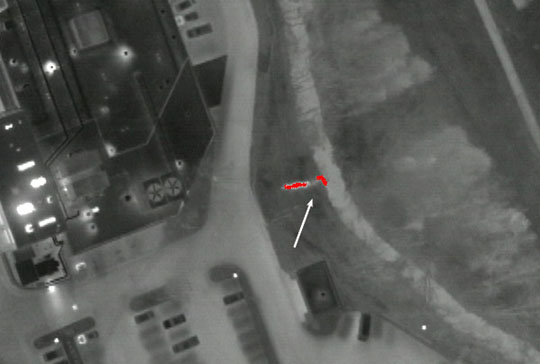How can Infrared Liquid Leak Surveys help?
All too often, our water collection systems convey pollutants into our clean water. Aerial Infrared Liquid Leak Surveys provide a way to easily identify sources of pollutants from illicit connections, degraded sewage collector lines, faulty storm water drain discharges and more.
Sources of pollutants can often be identified by their thermal infrared signatures during certain times of the year. As these sources of pollution leak, seep or empty into creeks, streams, rivers and lakes, their thermal signatures vary from their surroundings and they can be pinpointed accurately from the air.
How does it work?
A leaking sewer line or water main may go undetected for years, especially if the leaking liquid is flowing into a storm drain or a stream that no one monitors. Leaking sewage collector lines, storm water drain discharges, water mains and taps into storm water drainage lines can often be identified by their thermal infrared signatures during cold times of the year.

As sources of waste or pollution leak, seep or empty into creeks, streams, rivers and lakes, their thermal signatures vary from their surroundings because the liquid from under the ground is relatively warm flowing across the ground and down a bank into a stream and because the warm plume of liquid joining and flowing downstream with the body of water are detectable due to the difference in temperatures of the two liquids.
Late fall, winter and early spring are well suited to this type of inspection because of the cooler water temperatures (ground and surface waters) and because the interference to view by foliage is minimized. Ground water seeps and outfalls of all types are
also easily distinguishable for similar reasons.